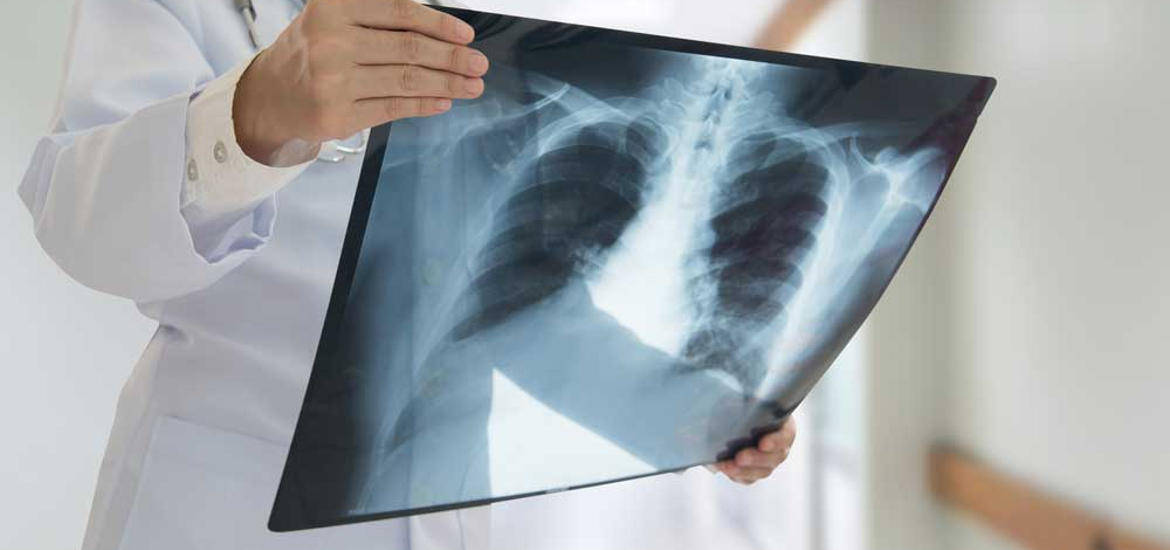
X-ray is the basic imaging test for diagnosing or checking a huge variety of health problems. Traditional X-rays are made by using film to take pictures of the body’s internal structures. With the widespread use of computer technology, digital radiography has become a much more efficient, cost-effective and even safer method of diagnosing a wide range of conditions.
This technique uses X-ray sensitive plates in order to take images of the inner human body, which are immediately transferred to a computer without the use of any storage medium. This eliminates the possibility of technical errors and the need to repeat the examination. The results are characterized by excellent accuracy and high image quality, which ensures the validity of the imaging and the accuracy of the subsequent diagnosis.
The quality of the X-ray image is the most important factor in making a valid diagnosis. Also, digital technology provides the ability to resize the image to magnify hard-to-see potential problems without distorting or degrading the quality. Consequently, it provides the ability to detect diagnostically important details. The access of treating doctors to the examination data is extremely easy, as it can also be done remotely with the only condition the existence of Internet connection. The cost of the examination is also significantly lower than traditional X-rays.
At the same time, with digital radiography there is a significant reduction in both the exposure time of the examinee to radiation and the dose administered. Thus, it is an ideal diagnostic test for young people, as they are not exposed to high doses of radiation. Digital radiography is simple and quick, without requiring time-consuming procedures.
Digital X-rays are indicated for the diagnosis of a wide range of conditions, such as fractures, osteoporosis, arthritis, infections, bone cancer, digestive problems or tooth decay. At the same time, medical conditions such as diseases or infections of the lungs, like pneumonia or pneumothorax, blocked blood vessels or heart failure are easily visualised through this test. In our clinic, all examinations are carried out under the supervision of Georgios Daskalogiannakis, who specialises in radiology.
